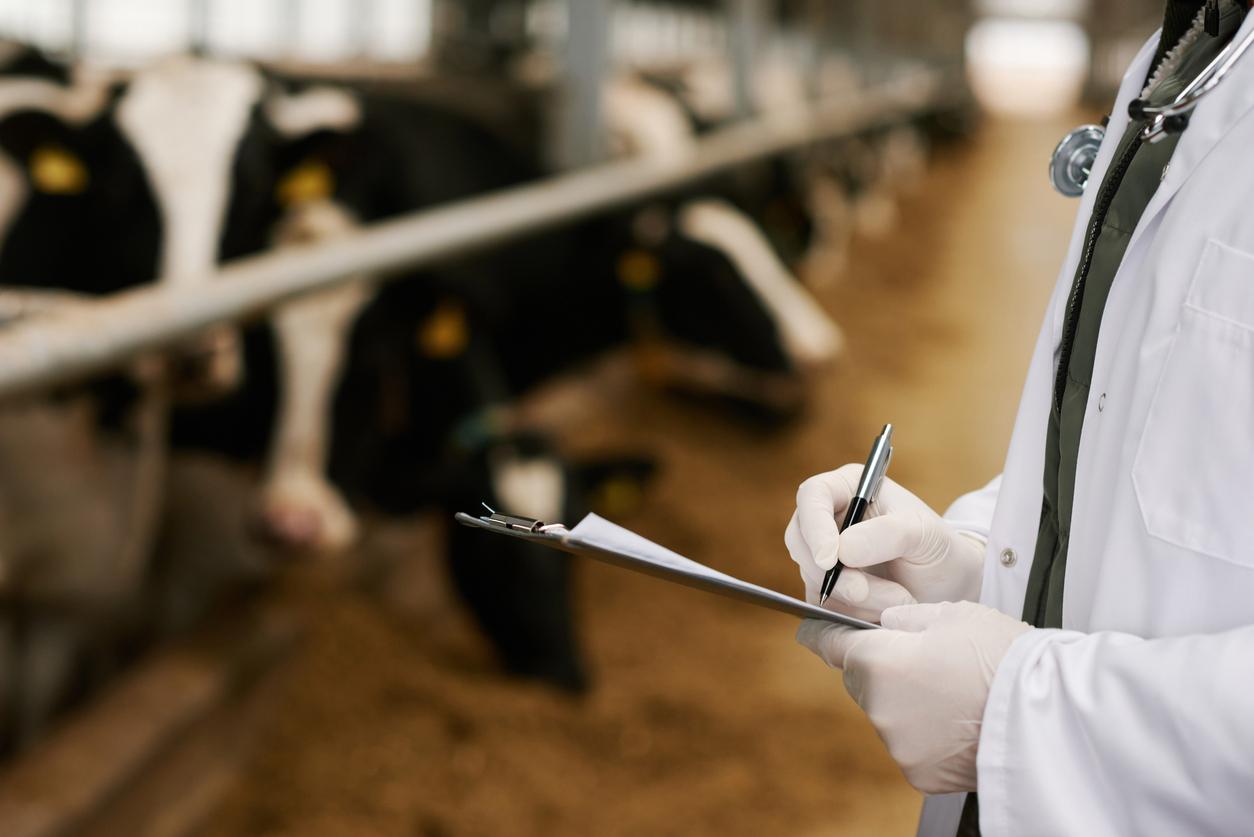Officials from Colorado—the most recent state affected by H5N1 avian flu in dairy cows—provided updates on their investigations and measures to track the spread of the virus, noting that the source of the virus in the affected herd still isn't clear.
In other developments, the US Department of Agriculture (USDA) Animal and Plant Health Inspection Service (APHIS) reported more detections in other mammals from two states and researchers shed new light on infectivity in pigs from a strain that infected Spanish minks.
Colorado officials piece together cattle puzzle
At a public town hall on Zoom today, veterinary and public health officials from Colorado today detailed the background of H5N1 findings in the state since 2022, described the state's response to recent detections, and fielded questions from the public.
On April 26, the USDA reported the first detection in a Colorado herd, which raised the number of affected states to nine. The next day, the Colorado Department of Agriculture said the affected dairy cows were located in the northeastern part of the state. The state veterinarian's office received a notification on April 22 about a herd with clinical signs consistent with highly pathogenic avian flu in cattle.
Samples submitted to the Colorado State University Veterinary Diagnostic Laboratory tested presumptive positive on April 24 and were confirmed by the USDA's National Veterinary Services Laboratory the following day.
On May 1, Colorado's agricultural commission and the CDA agriculture commissioner approved an emergency rule to limit the spread of the virus. Colorado has 106 dairies and about 200,000 dairy cows.
At today's town meeting, Maggie Baldwin, DVM, Colorado's state veterinarian, said investigators are still assessing how the Colorado cows were exposed to the virus. "We're still putting the puzzle pieces together."
We're still putting the puzzle pieces together.
She added that whole-genome sequencing will help tell the story, adding that the state's farmers have been very helpful. "The goal in getting an answer is stopping additional spread," she said.
Baldwin said there are still several unknowns, including the length of the incubation period in cattle, the mechanism of transmission, how long the animals shed the virus, and whether H5N1 poses a risk to nonlactating cattle or other livestock species.
No symptoms in Colorado workers, no wastewater signal
Rachel Herlihy, MD, MPH, deputy chief medical officer and chief epidemiologist at the Colorado Department of Public Health, said the overall risk to humans remains low, but it depends on exposure. She said about 70 farm workers have been monitored in Colorado, and none have had symptoms.
Regarding wastewater monitoring, she said Colorado does have a pilot program and officials have not seen any overall rise in flu markers over the past few weeks.
USDA notes more mammal infections
In other developments, APHIS reported a few more detections in other mammals. They include five red foxes with samples collected on April 24 from Ionia County, Michigan, an area where H5N1 has been reported in dairy cows.
Also, the virus was found in two samples collected on April 21 and April 22 from a pair of opossums in Ionia County.
APHIS also reported the virus in a red fox from Onondaga County, New York.
Researchers gauge infectivity of earlier strain in pigs
In research developments, a team led by Kansas State University scientists yesterday reported that pigs are highly susceptible to the H5N1 clade 2.3.4.4b avian flu virus that struck mink farms in Spain in 2022.
The virus is different from the B3.13 genotype currently spreading in US dairy cows, but it raised concerns because there was clear evidence of mink-to-mink transmission. Also, researchers worry that the virus is becoming more adapted to mammals.
Writing in Emerging Microbes and Infections, the group described its findings after experimentally infecting pigs with the mink virus. The pigs experienced pneumonia but shed limited amounts of the virus and didn't pass the virus to contact pigs.
Sequencing found low frequencies of mammalian-like mutations PB2-E627K and HA-Q222L.

















